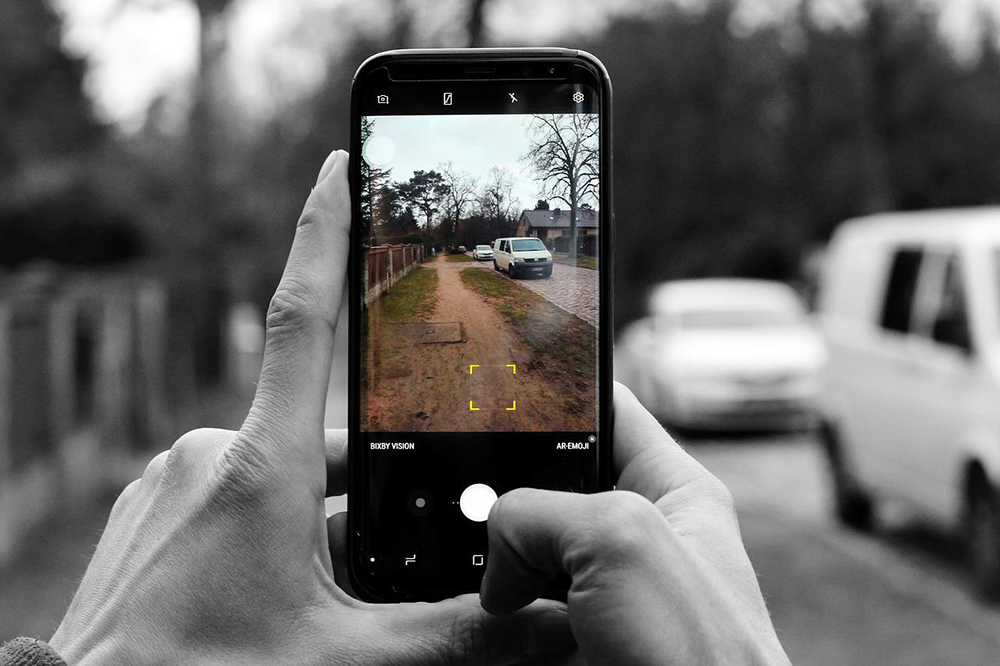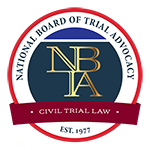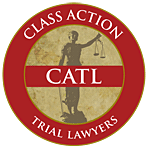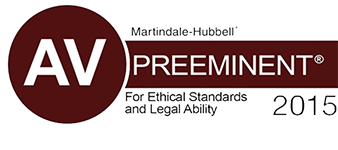
When you’ve been injured in an accident through no fault of your own, you can recover compensation for your damages via a personal injury claim. Proving that the accident wasn’t your fault can be a challenge when the insurance company is disputing your claim at every turn, though. Pictures can paint a clear picture of facts that are in dispute, which is why it is important to take photos after a car crash.
At Golden Law Office, we advise car accident victims to take more pictures than they think they will need. Take both vertical and landscape photos. Use flash sparingly and only when needed, as your phone’s light may create glares that obscure important information.
Why It Is Important To Take Photos After a Car Crash
Thoroughly documenting the scene of a car accident is one of the most effective ways to prove to the insurance company that you were not at fault for the crash. Below are some of the reasons you should always take pictures at the scene of the accident.
- Pictures preserve evidence. Evidence will begin rapidly deteriorating the moment you leave the scene. Skid marks, debris, grease, blood, time of day, weather conditions, and other non-permanent evidence should all be preserved in photographs. Do not worry whether something is too inconsequential to photograph. Take pictures of anything and everything that may have contributed to your accident, and let your attorney decide which photos are valuable.
- Pictures capture things you don’t notice. Stress, adrenaline, and emotions all run high after a serious car accident. While you might do your best to take note of everything that played a role in your crash, you will struggle to take everything in. Taking as many pictures as you can will increase your chances of capturing important evidence that you did not notice at the time.
- Pictures show the extent of the damage. Compensation for car accident damages includes property damage to your vehicle. If your car is towed from the scene of the accident or taken to an auto shop soon after, you may not have time to thoroughly document the visible damage. This gives the insurance company an opportunity to lowball your settlement. Taking pictures of vehicle damage while still at the car accident scene gives you an advantage during settlement negotiations.
- Pictures document the development of injuries. Compensation in your car accident case will also hinge on your physical injuries. Taking pictures of any visible injuries at the scene of the accident is the first step to documenting the extent of your injuries and how they have impacted your life. Continue to photograph your injuries at regular intervals to show how they develop over time.
What To Take Pictures of at the Car Accident Scene
Even if you know how important it is to thoroughly document the scene of the accident, you may feel confused about what to actually take pictures of once you pull your phone’s camera up. At Golden Law Office, we recommend taking pictures of the following:
The General Scene
Take broad pictures of the scene from multiple angles. Make sure to include as much of the aftermath as possible, including the position of each vehicle and scattered debris. While you will also need to take close-up pictures that show more details, pictures of the entire scene create a strong foundation for understanding what exactly happened.
In addition to capturing the position of all involved vehicles, do your best to include:
- Traffic signs or landmarks that indicate where the accident took place
- Weather conditions
- Poor road conditions, such as potholes or uneven asphalt
- Skid marks
Property Damage
Before you drive away or have your car towed, take pictures of all visible damage to your vehicle. It is a good idea to take both broad and close-up pictures. The following are some of the types of damages the attorneys at Golden Law Office frequently look for in photographs:
- Scratches
- Dents
- Cracked or broken windshields or passenger windows
- Flat tires
- Crumpled front ends or rear bumpers
Exercise caution if your vehicle appears to be leaking any type of fluid. Do not hesitate to call 911 if your damaged vehicle appears to be at risk of catching fire.
Injuries
Always evaluate all drivers and passengers for injuries, call 911 if anyone is seriously injured, and do not move anyone who appears to have a back or neck injury. When it is safe to do so, take pictures of your injuries that are immediately visible. Cuts and lacerations, bruises, or painful bumps that may indicate a broken bone should all be photographed as soon as possible. You can ask a friend or witness to help if you are unable to take these pictures.
The Involved Vehicles
Every car involved in the vehicle should be photographed up close. The photos should capture a vehicle’s:
- Make and model
- Color
- License plate number
What if I Can’t Take My Own Pictures?
If you suffered severe or catastrophic injuries, taking your own pictures at the accident scene might be out of the question. If possible, ask another passenger, driver, or witness to help you take photos. In the event that you are taken from the scene of the accident in an ambulance, ask a trusted friend or family member to return to the crash site to document as much as they can.
Your health and safety are the most important thing after any accident. Never put yourself in harm’s way to get a picture.
Golden Law Office Can Use Your Pictures To Build a Strong Car Accident Case
At Golden Law Office, our attorneys use pictures to paint clear images of liability in car accident cases. We also regularly partner with car accident recreation experts, who use these types of pictures to ensure accuracy in their work. This is why it is so important to always take photos after a car crash.
If you were hurt in a car accident and would like help making sense of the pictures you took at the scene, do not hesitate to contact our law offices. We offer free consultations to accident victims, during which we can discuss your legal rights and options in a no-obligation setting.






